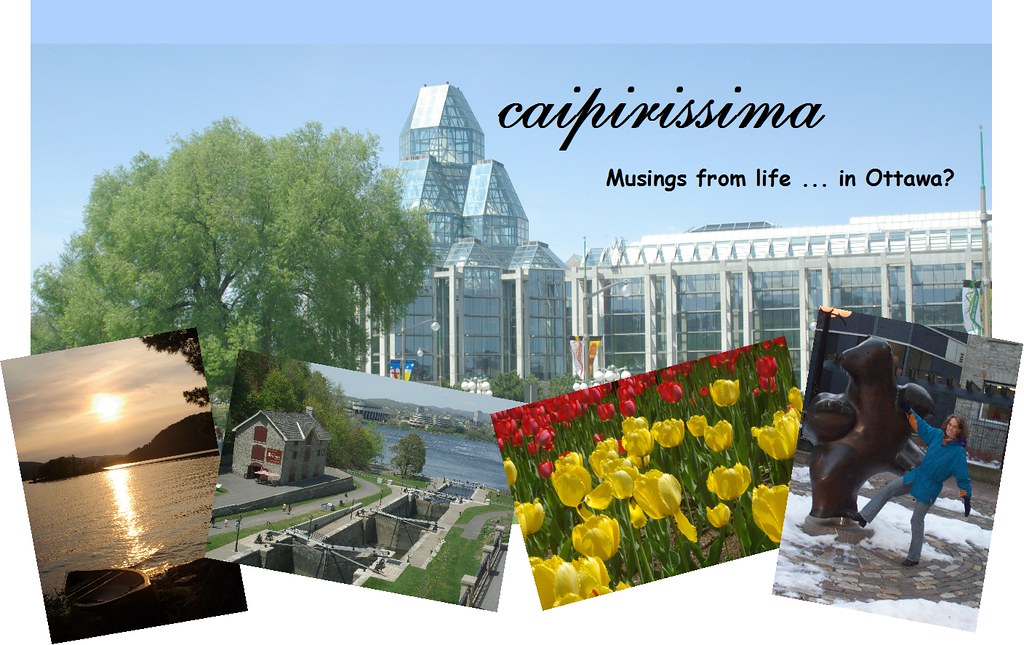Cacao
One of the things that we did while in Ilhéus was visit a cacao plantation or fazenda. According to the Lonely Planet, visitors to Ilhéus can “visit the small regional cacao museum [oops, now closed], the port, and with a bit of luck and effort, a fazenda.” Well, the gods of luck and effort must have been smiling upon us as we made our plans to visit the Yrere fazenda 11km outside of town.
The friendly owners of Yrere bought the land in the late 1980s when the Brazilian cacao industry was in serious crisis due to a plague-like sickness called the Vassoura da Bruxa – the Witch's Broom – which reduced the region's cacao production to a fraction of its usual output. As a result, the value of land crashed and many landowners sold the little they had left. The owners of Yrere bought their current holdings just as the market bottomed out. Originally, they simply wanted a home in the countryside, but ended up taking a liking to the cacao trees and are slowly nursing the plants back to health.
The two hours that we spent on the farm were filled with interesting information. First, of course, is the fact that chocolate is really a fruit! Back in Canada, I often told my pathfinders that chocolate was a vegetable, partly in seriousness, mostly in jest, to justify our copious use of chocolate chips in s'mores and banana boats while camping [since when do adults have to justify chocolate to kids??]. And now, just now, I have come to realise that chocolate is in fact a fruit! A large yellow pod-like fruit.
The cacao pods grow right from the truck and branches of the trees and are ready to harvest when they are a nice golden yellow with a few brown or rust-coloured specks on the outside. The fruit of the cacao is a white pulp-like substance which surrounds the dark seeds [top photo]. The pulp is pulled apart in easy, individual sections, each section surrounding one seed. The pulp can be used to make juice, ice cream, jam, or any other fruit-based product. For those familiar with tropical fruits, the pulp of the cacao reminded me of the graviola [soursop?].
As for chocolate, well, it comes from the seed of the fruit. In order to prepare the seed for chocolate production, the seeds must be fermented in the fruits' own pulp for three to five days. After fermentation, the seeds are spread out in the sun and roasted for another few days. Once roasted, the seeds are ready to be ground in cacao powder and turned into wonderful chocolate delicacies. We tried some the unground seeds. They were delicious – very much like a dark and bitter chocolate. No sugar added. Yum! Due to the production process, it is impossible to benefit from both the pulp and the seed of the cacao. Pods that are harvested for the pulp end up sacrificing the seeds and pods that are used for the seeds end up sacrificing the pulp. It's a tough decision!
And as if our visit to the fazenda wasn't enough, we ended up getting a ride back into town with a local literature professor who is an expert on Jorge Amado. He regaled us with tales the whole way back and even took us to a few sightseeing points in town which we hadn't yet seen. A perfect way to end our trip to the land of Amado.




2 Comments:
I'm with Paul!
But what a lovely day out!
According to my source, there aren't any decent chocolate products in Peru even though cacao grows in S. America. She's taking American chocolate back with her and says her husband and son will argue over who should get it!
Post a Comment
<< Home